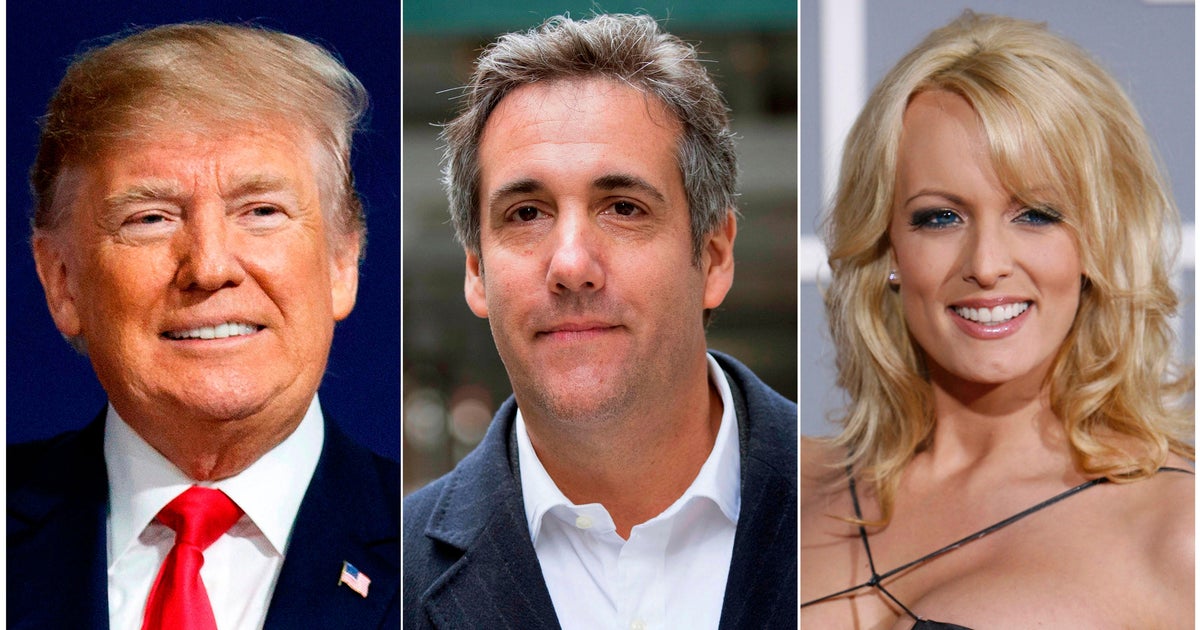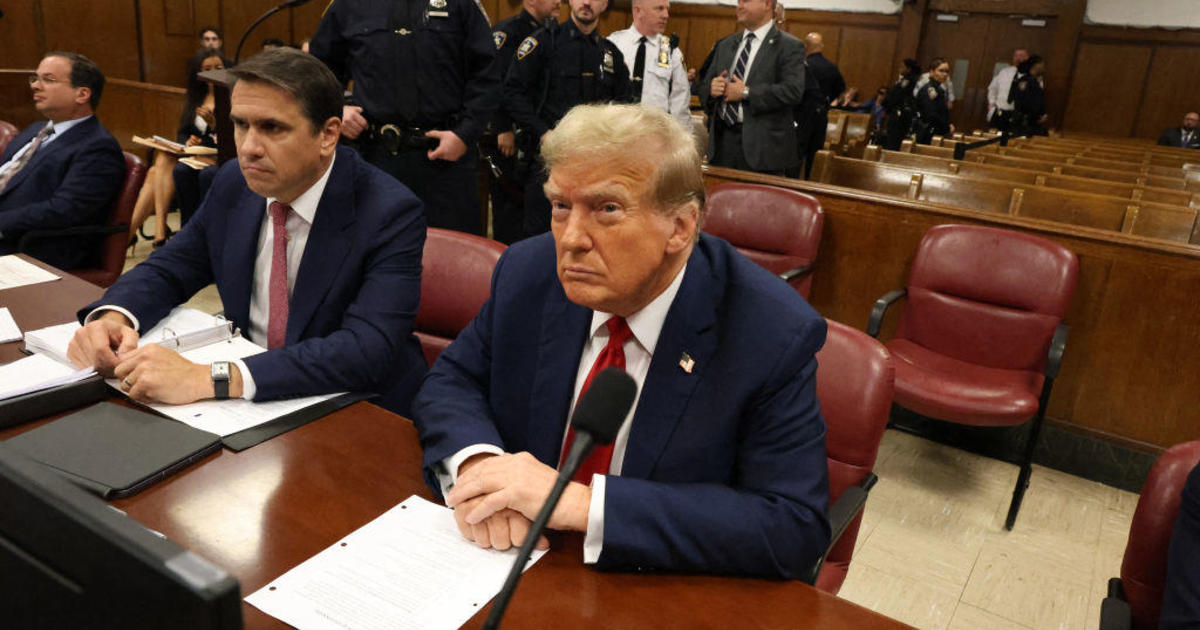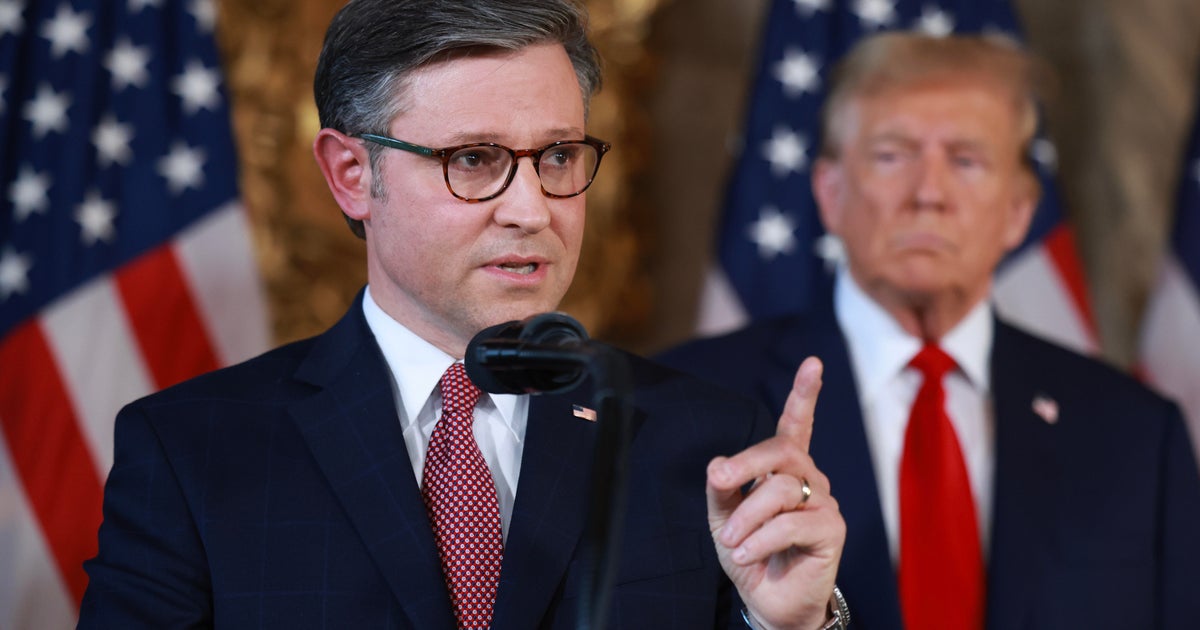Trump's threat to cut school funding does little to sway state, local officials
Washington — For President Trump and top officials in his administration, getting back to normal in the age of the coronavirus includes getting back to school. But as the White House begins its push for students to return to classrooms for the upcoming academic year, it's bumping up against opposition from local and state officials worried about the risk posed to students and staff.
To ramp up the pressure on school districts reluctant to fully reopening the doors of elementary and secondary institutions in the coming weeks, Mr. Trump has threatened to cut funding to those that are not fully operational for the new school year.
"In Germany, Denmark, Norway, Sweden and many other countries, SCHOOLS ARE OPEN WITH NO PROBLEMS. The Dems think it would be bad for them politically if U.S. schools open before the November Election, but is important for the children & families. May cut off funding if not open!" the president tweeted last week.
But Mr. Trump's threat to turn off the spigot of federal dollars flowing to public schools holds little weight, since he lacks the authority to withhold funding that Congress has already appropriated.
"This is Congress's responsibility, and Congress would push back on cuts that affected their states and schools," Sean Corcoran, an assistant professor at Vanderbilt University who focuses on the economics of education and state and local public finance, told CBS News.
Evan Hollander, a spokesman for the Democrat-led House Appropriations Committee, further poured cold water on Mr. Trump's unilateral attempt to use federal dollars as leverage on school districts.
"Congress provides federal education funding to support some of the most vulnerable young people in our country," he said in a statement. "The president has no authority to cut off funding for these students, and threatening to do so to prop up his flailing campaign is offensive."
Federal dollars comprise a small fraction of revenues that fund public schools, with state and local governments providing more than 90% of the revenue for elementary and secondary schools, according to an August 2019 report from the Congressional Research Service that analyzed data for the 2015-2016 school year, the most recent available. The federal government, meanwhile, provided 8.3% of the financing.
The property tax is the primary source of local revenues for public schools, according to the report, while state revenues for school districts are raised from income and retail sales taxes, as well as excise taxes and, in some states, lotteries.
"It's by and large a state and local enterprise," Corcoran said. "The very top line numbers tell us that the federal government plays a very small role in K-12 education."
But of the federal dollars that fund elementary and secondary education, the bulk — nearly $16 billion in 2019 — support Title I grants, which are awarded to schools in low-income areas, Corcoran said, meaning that if the president did have the ability to cut education funding immediately, "it would have a severe effect on high-poverty places." Title I grants are aimed at providing funding to help low-achieving children in the nation's poorest schools, as well as those who struggle with English, who have disabilities or who suffer from neglect.
And state and local officials have looked to Congress for more federal aid to schools as some revenue streams have dried up because of the pandemic, straining state budgets. In early May, more than 70 organizations sent a letter to congressional leaders backing state leaders' request for at least $250 billion for education.
Congress approved $13 billion for continued education of K-12 students in the $2 trillion economic relief package passed in March, and Corcoran said future emergency aid packages could be a vehicle through which the Trump administration leans on school districts to open, though a divided Congress could complicate those efforts.
"The threats are always an opening move," Corcoran said, "so they may not be able to get away with everything they want, but it could be their starting position and the ultimate package that does get passed has lots of strings attached."
Even as coronavirus infections soar and hospitalizations rise across the South and parts of the West, Mr. Trump has not wavered in his push for the country to reopen, with back-to-school emerging as the latest focus.
The president hosted a roundtable last week focused on reopening the country's schools, during which Mr. Trump reiterated his administration is "very much going to put pressure on governors and everybody else."
During an event at the White House on Monday, the president again said "schools should be opened. Kids want to go to school."
However, the Centers for Disease Control and Prevention considers full-sized, in-person classes to pose the "highest risk" of spreading the coronavirus, and the healthy agency issued guidance for reopening schools in May that calls for staggered scheduling, grouping students, and spacing desks at least 6 feet apart when possible, among other recommendations.
Some school districts are also exploring hybrid models of instruction for the fall, through which students attend classes in-person part-time and virtually. Los Angeles and San Diego Unified School Districts announced Monday students there will not return to campuses when the fall semester begins and instead will participate in online learning.
But Education Secretary Betsy DeVos is still advocating for a full reopening of the nation's schools for the upcoming academic year and has echoed Mr. Trump's threat to stem the flow of federal dollars to school districts.
Last week, during a White House coronavirus task force meeting at the Department of Education, DeVos targeted Fairfax County Public Schools in Virginia, which is offering two options for students when they return to school in the fall: full-time online instruction or two days of in-person instruction with independent study.
"Fairfax County, which is one of the most well-funded, I would call it an elite public school system in America, offered families a so-called choice for this fall: either zero days in school for their students or two days. And their springtime attempt at distance learning was a disaster," she said. "I give this as an example because things like this cannot happen again in the fall. It would fail America's students, and it would fail taxpayers who pay high taxes for their education."
In an interview with CNN on Sunday, DeVos said the CDC's guidelines on reopening schools are "meant to be flexible and meant to be applied as appropriate for the situation."
"Kids need to be in school," she said. "They need to be learning, they need to be moving ahead, and we cannot be paralyzed and not allow that or not be intent on that happening."



